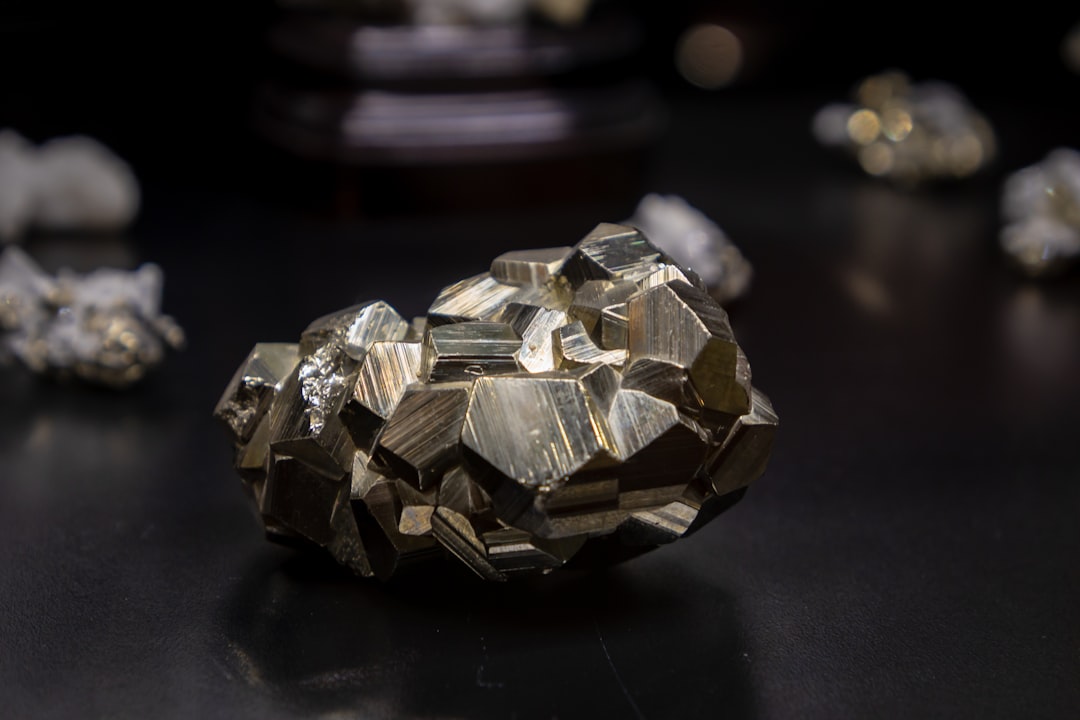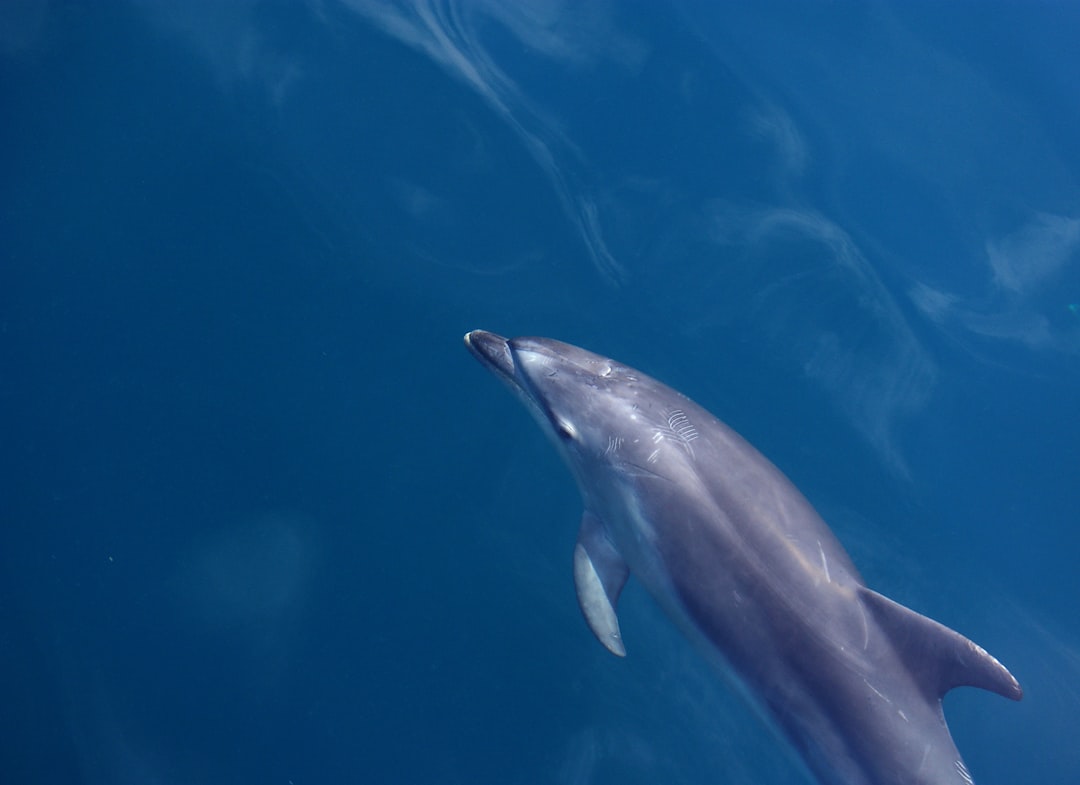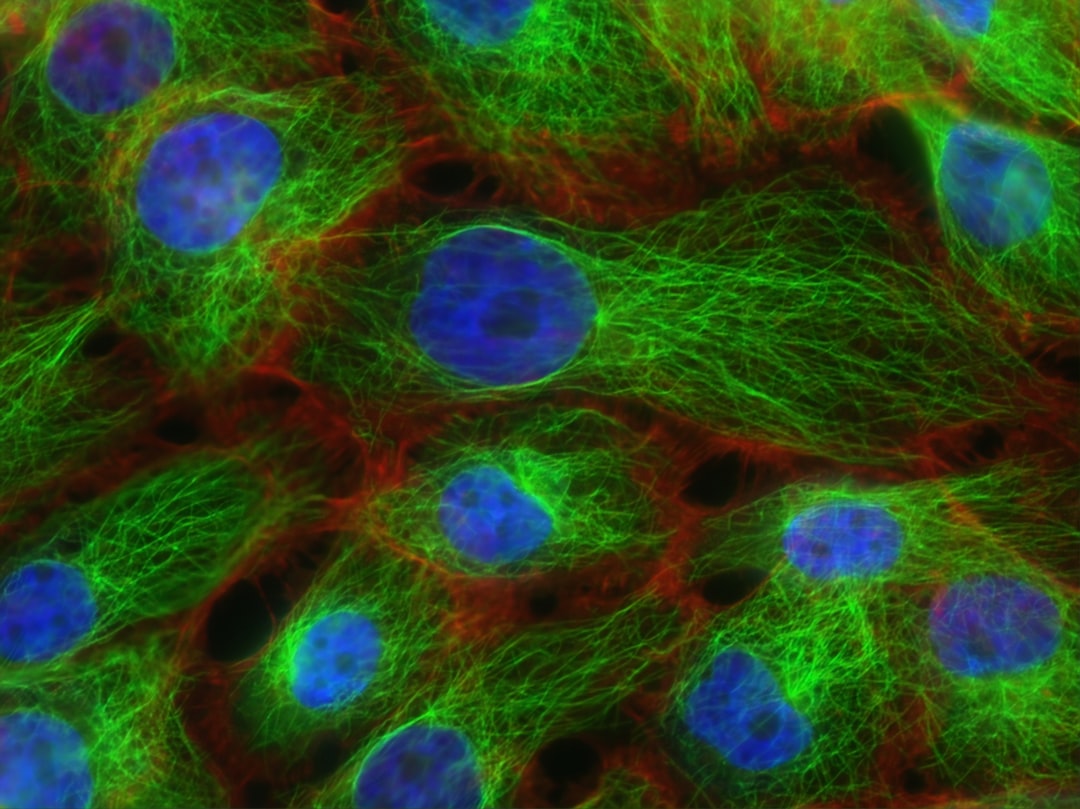What is it about?
We obtained CsCl profiles of 17 rodent species representing 13 families. The modal buoyant densities obtained for rodents span the full range of values observed in other eutherians. More remarkably, the skewness (asymmetry, mean − modal buoyant density) of the rodent profiles extends to values well below those of other eutherians. Scatterplots of these and related CsCl profile parameters show groups of rodent families that agree largely with established rodent taxonomy, in particular with the monophyly of the Geomyoidea superfamily and the position of the Dipodidae family within the Myomorpha.
Featured Image
Why is it important?
Buoyant density profiles of high-molecular-weight DNAs sedimented in CsCl gradients, i.e., compositional distributions of 50- to 100-kb genomic fragments, have revealed a clear difference between the murids so far studied and most other mammals, including other rodents. Sequence analyses have revealed other, related, compositional differences between murids and nonmurids. While confirming and extending previously reported differences between the profiles of Myomorpha and those of other rodents, the CsCl data question a traditional hypothesis positing Gliridae within Myomorpha, as does the recently sequenced mitochondrial genome of dormouse.
Perspectives
Analysis of CsCl profiles is a fast and robust method for exploring rodent and other vertebrate systematics. This technique could be used to explore the genome properties among highr eukaryotes on a large scale basis.
Nicolas Carels
Oswaldo Cruz Foundation
Read the Original
This page is a summary of: Diversity and Phylogenetic Implications of CsCl Profiles from Rodent DNAs, Molecular Phylogenetics and Evolution, November 2000, Elsevier,
DOI: 10.1006/mpev.2000.0838.
You can read the full text:
Resources
Contributors
The following have contributed to this page










